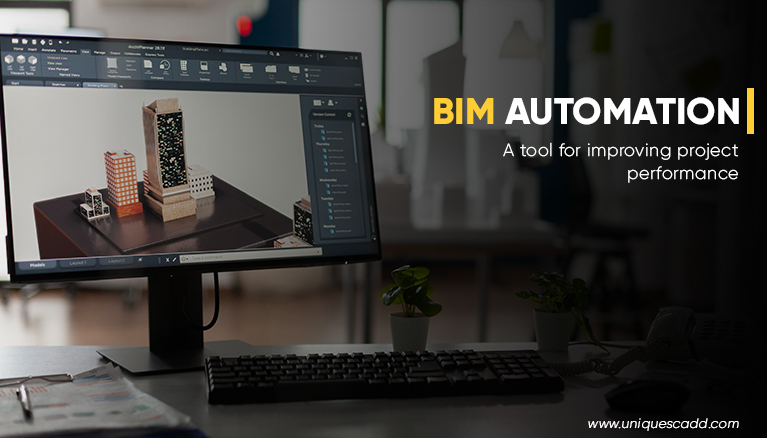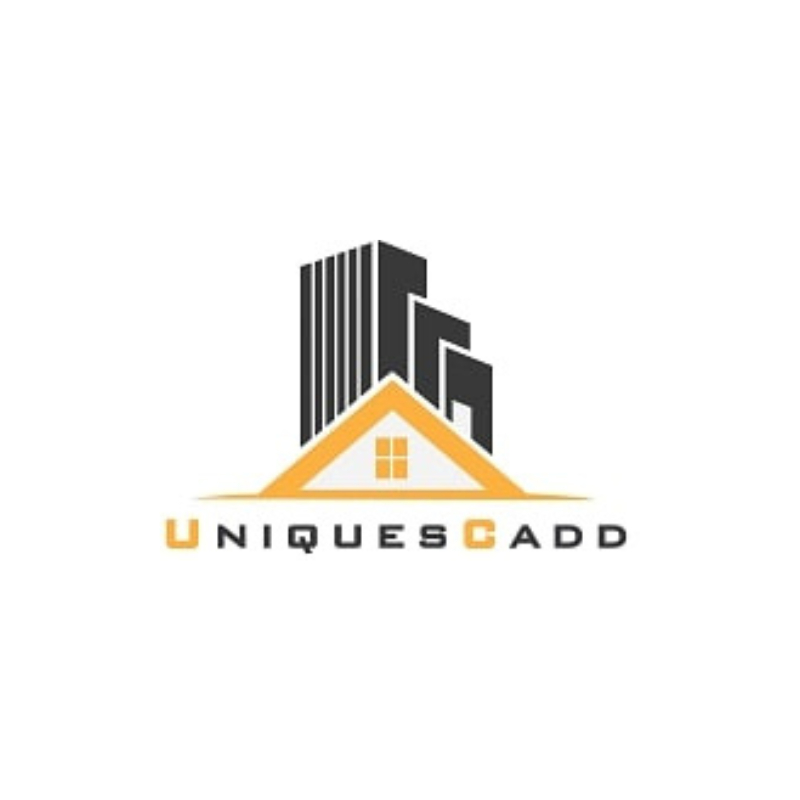BIM automation - A tool for improving project performance
BIM automation

Building Information Modeling (BIM) is one of the techniques we use to assist us in establishing the optimal system design for a space. BIM is a data-driven process that creates digital representations of a facility's physical and functional qualities, including the building systems we design.
Building Information Modeling (BIM) is a collaborative work process to create and manage construction projects. Its goal is to concentrate all project information in a digital information model that its agents generate. However, BIM has become tiresome and repetitive, with tasks like inserting families in batches and making modifications to sheets becoming monotonous and repetitive. Sheet sequences need to be renamed. Cases should be revised. Object placement should be automated, and levels higher than the given levels should be included. Automation can eliminate that but This can also be accomplished with dynamo.
The growing automation in the AEC industry is not only making construction more accessible, but it is also increasing production. BIM Automation eliminates the duplication of repetitive procedures, hurried computations, and reporting. The sophisticated software AutoCAD Revit and Dynamo might be helpful for the complete scope of the project's generative design and structures.
Automating processes in project execution refers to creating strategies throughout project development that can be systematized and replicated. These processes can be programmed to perform all repetitive operations that waste time, and the same configuration can be used for various projects. Process automation will make the task much more profitable, but it will require an investment of both time and money.
BIM in Building Automation is not a new concept. The use of Revit software and Dynamo is something new. What benefits does BIM Automation provide to businesses? Let's find out.
But why is BIM automation the need of an hour?
A project will be much more profitable if process automation is adopted, but to be able to automate, an investment of time and money is also needed. Automating processes helps to optimize them, eliminating tasks that generate waste and thus increasing their performance. For example, the daily activity of searching for project folders that take 2 minutes to complete could be reduced to 15 seconds if we automate it.
BIM TOOL in the Automation process.
REVIT
Revit is a building information modeling (BIM) software used by architects, landscape architects, structural engineers, mechanical, electrical, and plumbing (MEP) engineers, designers, and contractors. The software enables users to build a building and its components in 3D, annotate the model with 2D drafting elements, and access building information from the building model's database. This intelligent 3D BIM Modeling software streamlines project design processes while also assisting with project scheduling.
Python
Python is a high-level programming language used to create applications of many types due to its versatility, power, and simple code.
Generative design is any method in which the designer uses a system, such as a computer program, to develop the solution to the desired design challenge with some autonomy.
Dynamo
"Dynamo is a graphical programming interface that allows you to personalize the building information pipeline," according to Autodesk, the firm that created this technology. In other words, Dynamo is a visual programming environment that can be linked to various BIM software to help with a geometric and mathematical design. This tool complements Revit very well because it is an open-source program that makes the Revit tool easier to use by giving a simple, intuitive, and speedy interface. You may use Dynamo for Revit to automate BIM operations such as repetitive chores and workflows in Revit mode. As there are a few limitations that come with Revit, let's have a look and see how Dynamo can overcome those limitations.
Limitations of Revit BIM
Dynamo is a visual programming environment in Revit, but it is limited unless you use Python scripts to access the Revit API directly. As a result, you may get more out of huge construction and infrastructure projects, such as multistory buildings and bridges, which have complex design requirements, limited resources, and strict project timeframes. Revit's 'families' and parametric modeling help to alleviate many of these problems, but it has limitations.
Unintentional changes might render models unusable. Cleaning up and annotating drawings again takes a significant amount of time.
Interoperability issues with multiple BIM software
Revit models do not have backward compatibility.
When you copy a model-in-place family for reuse, you generate a new family, which increases the file size.
Benefits of using Dynamo and Automation in Revit for design automation.
Automation with Dynamo improves the accuracy, speed, and transparency of BIM data design processes, making it ideal for large-scale construction projects.
Dynamo makes it simple to create guided and rule-based visual scripts. The designer can add multiple design constraints and design checks, geometry, functionality, and engineering data management for quantities, materials, weights, and costs are all improved through dynamo automation. Design errors are considerably reduced when accurate design and data insights are used.
Dynamo, which is incorporated into Revit design workflows, supports generative design for large-scale building access and use. Various click-and-click approaches enable the optimization of construction design, energy, material, usage, and architectural style.
enhanced design evaluation
Revit may achieve improved QA/QC for large-scale projects using Dynamo automation, resulting in high-quality and valid 3D BIM models. Dynamo allows for in-depth evaluations of multiple construction plans against project quality, cost, and time constraints. Modeling chores are reduced through automation, resulting in less human involvement, faster 3D modelling, less rework, and shorter project schedules.
Dynamo automation aids in the capture of competent civil engineers, architects, and contractors' experience, as well as applicable standards, in its design parameters, rules, and techniques. These Dynamo-powered computational designs process information visually to improve BIM model performance and constructability. It enhances the efficiency and sustainability of BIM models.
Conclusion:
Dynamo-Revit automation provides a versatile and comprehensive solution in this area, which is crucial in the age of Construction 4.0. Increased BIM workflow automation is the way to optimise large-scale building projects and enhance construction efficiency. It provides improved workflows, documentation, and long-term designs that can fulfil cost, quality, and schedule targets. Using current data to automate BIM is just one of the many ways to continue to innovate. Many more are yet to be explored by the AEC industry.












